Through my time living in Milwaukee, I have come to realize many people have little knowledge about where their food comes from. United States farms grow and raise crops and livestock, but how much do you will now about the farms and its commodities, but also the farmers?
1. True or False: The majority of U.S. Farms are owned and operated by families.
True. A whopping 96% of U.S. farms are family owned. This gives a whole new meaning to the words "house chores."
2. True or False: Men run more than 95% of farms in the U.S.
False. Women oversee more than 1 million farms, which is roughly 30% of all farms in the states.
3. True or False: Agriculture is the second leading employer behind retail.
False. Agriculture is the nation's leading employer, providing jobs to 23 million individuals. These jobs range from farming to processing of the commodities, to storage of the commodities, to transportation, to everything in between.
4. True or False: The average farmer only produces enough food to feed you and 25 other people.
False. This statement would be true in the 1960s, but not today. Today, each farmer produces enough commodities to feed around 155 people.
5. True or False: Alaska is the largest state in the United States and has the most farmland of any other state.
False. Alaska is the largest state but ranks 44th in acres of farmland. Texas is ranked 1st in the number of acres of farmland. However, Nebraska ranks the highest, at 93%, for the percentage of state's total acreage that is used for farming. This means only 7% of the Nebraska's land is used for things other than farming.
6. True or False: The average farm is about 400 acres of land.
True. U.S. farms are between 400 to 450 acres. How much is an acre? An acre is 43,560 square feet or the size of a football field.
7. True or False: The largest sector of United States commodity is corn.
False. Beef cattle are actually the largest segment in the United States, with dairy products being the second. We are really big on cows.
8. True or False: One acre of soybeans produces 42,154 crayons.
False. One acre of soybeans can create 82,368 crayons. That is about 56 bushels of soybeans or 3,360 pounds. One crayon contains 0.65 ounces of soybeans.
9. True of False: Farmers receive $0.31 out of every dollar for their commodities.
False. This would be true if we were living in the 1980's, but it is 2016 and farmers only receive $0.17 for every dollar. The rest of the money is for wages and materials for those processing, transporting, distributing, and marketing the product.
10. True or False: Today's conventional farms have a larger environmental impact than past generations.
False. Land conservation techniques have improved since past generations of farmers. Farmers have been adapting to new technology and practices that have fewer chemicals and have reduced greenhouse gasses by over 40% in the last 30 years.
11. True or False: If you put 100 Americans in a room, on average, 10 would be farmers.
False. Only 2 out of every 100 Americans works on a farm. Don't let those two farmers stay in the room for too long, as they have a farm to run and world to feed, because I am hungry and you are too.
12. True or False: Farmers want their children to continue in their own footsteps.
True. 90% of farmers would like their children to work in agriculture. Despite the long hours, poor working conditions, inconsistencies, and everything else, 97% of farmers love their jobs...well, their life. Being a farmer is not a job, it is a way of life.
13. True or False: You cannot be a farmer, without faith, family, and a farm.
True. It is known as the three F's. You can farm all you want without faith and family, but you will not be successful. You need family to help, support, and care for you. A family that will bring out another sandwich and water to the field to make sure you eat, but also to spend time with you. Planting and harvesting are long days for the farmer, but also the farmer's family. The farmer provides not for just his family, but for all the other families, and the farmer's family knows that. Therefore, they treasure the time with their devoted farmer, even if it is just riding in the bumpy tractor or combined.
The third F and the most important one signifies faith. A farmer is dedicated to a life of hard work, hard decisions, expenses, unstable markets, unpredictable weather, broken down equipment, rising his children and to love their spouse, but the still continue their life as a farmer with faith. A farmer carries extraordinary faith that the crops will grow, rain will come, the expenses will be met, the cow will deliver her calf with no complications, and that at the end of the day God provides me with everything I need.




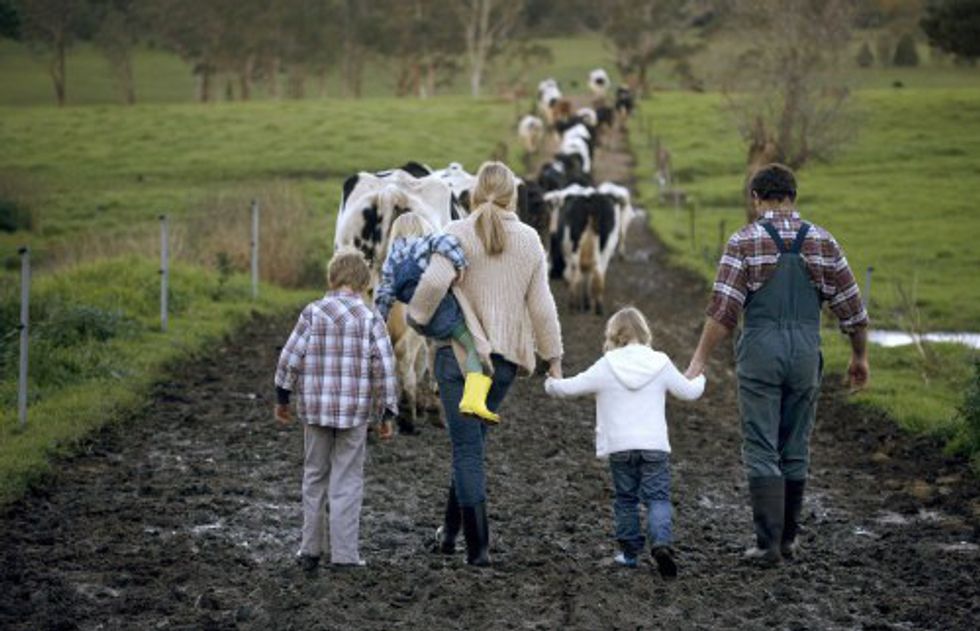
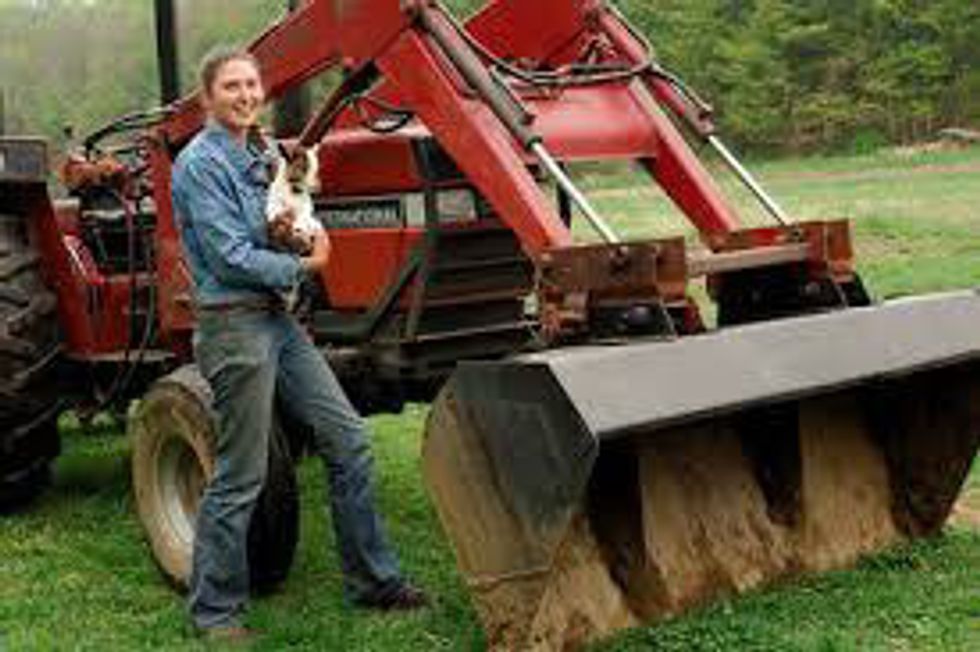
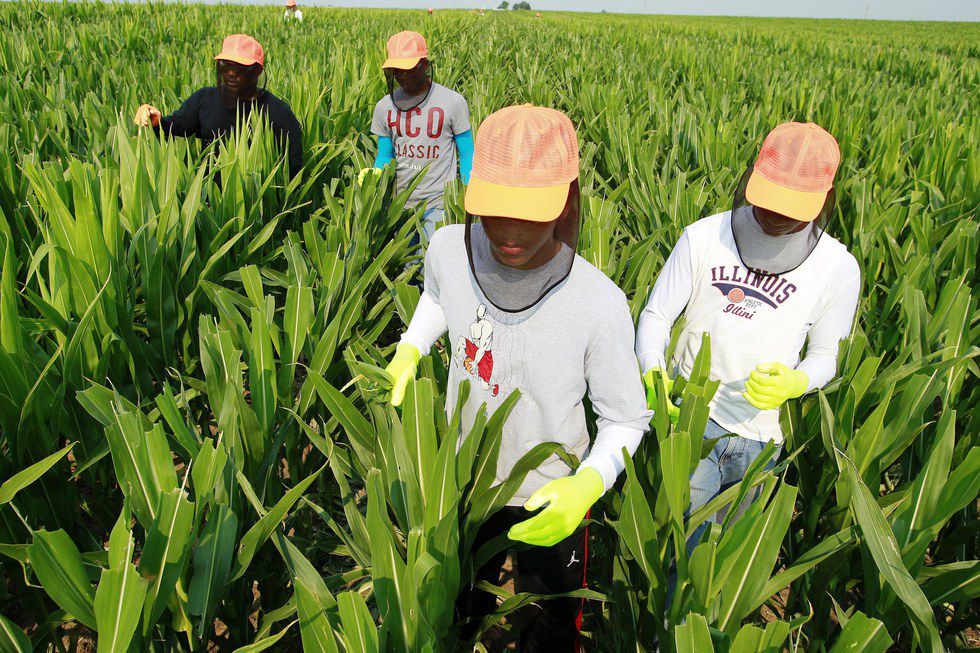
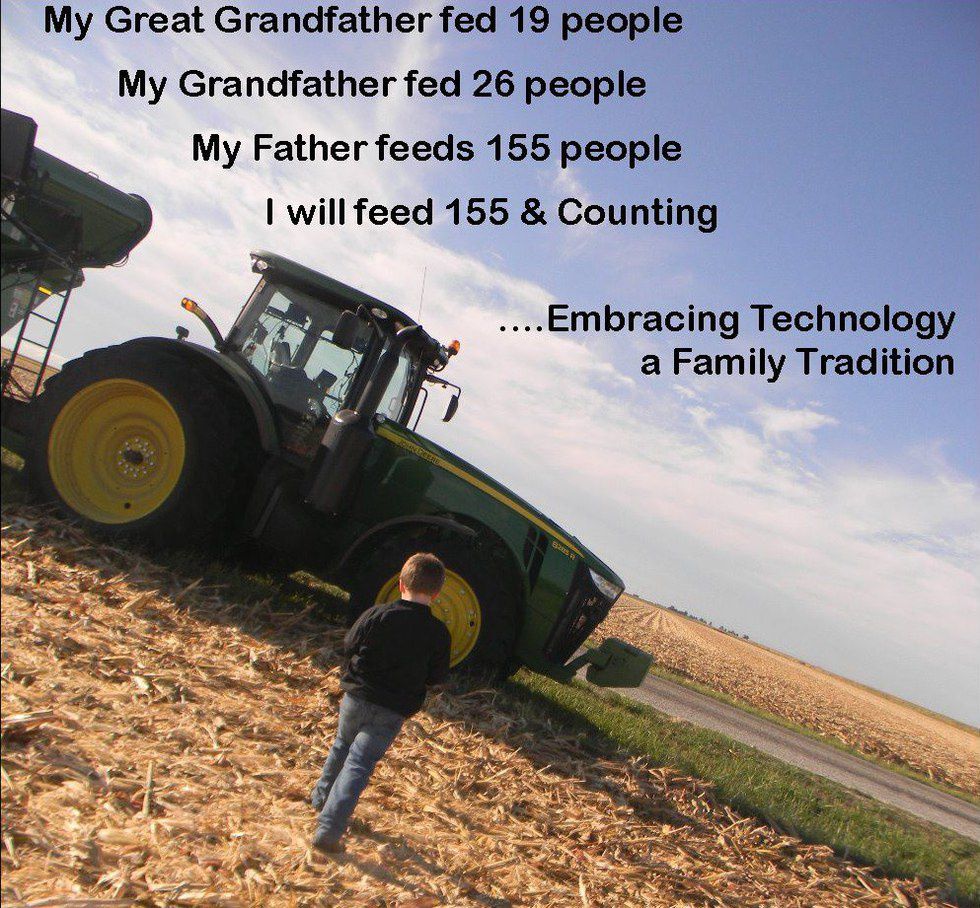


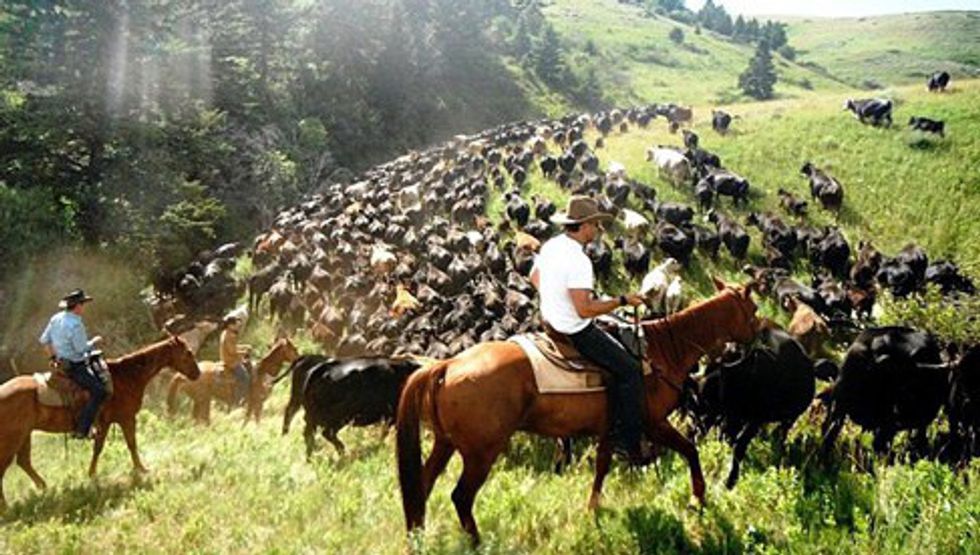

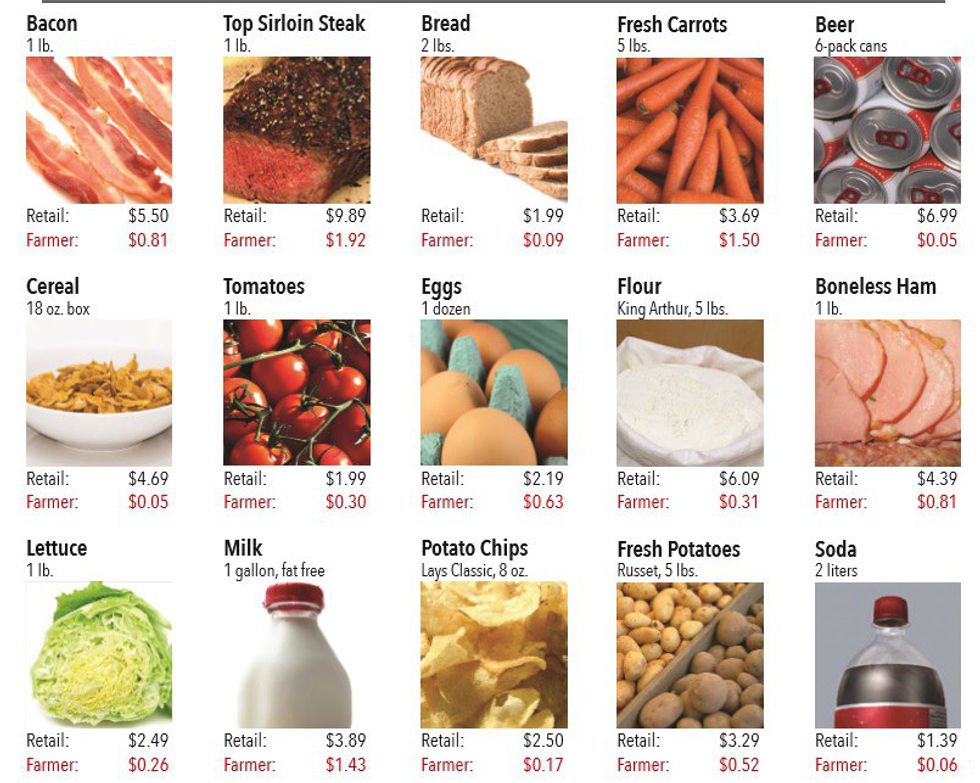
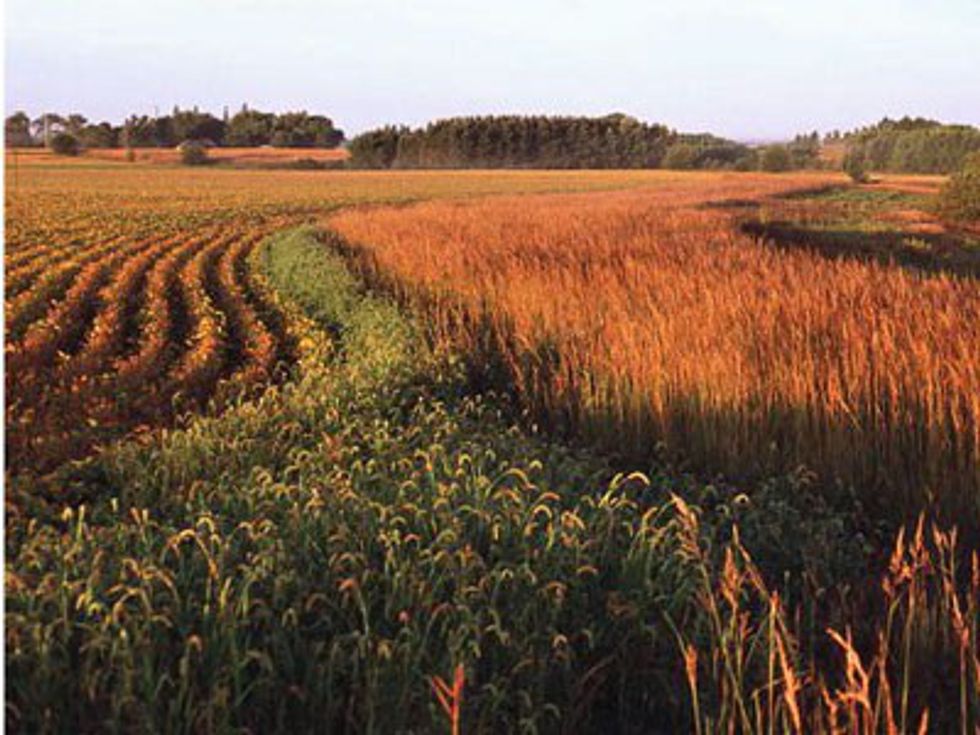
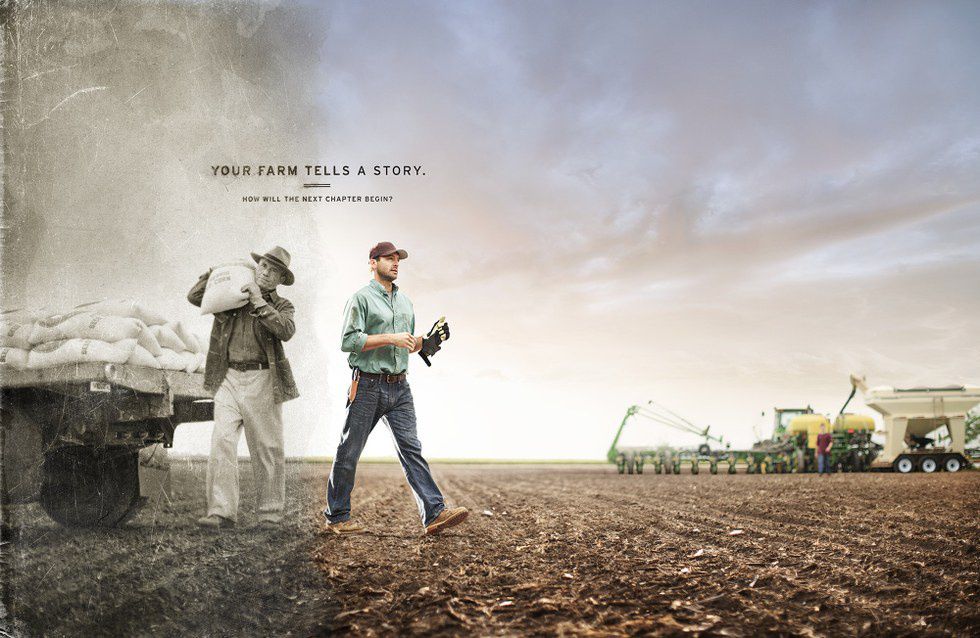
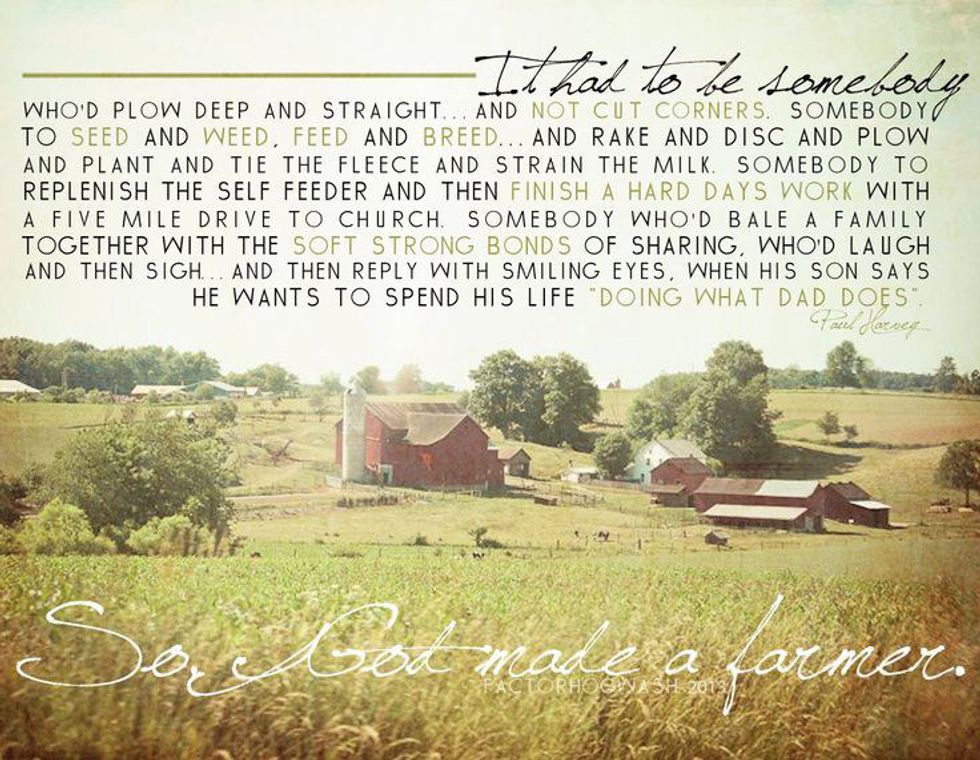
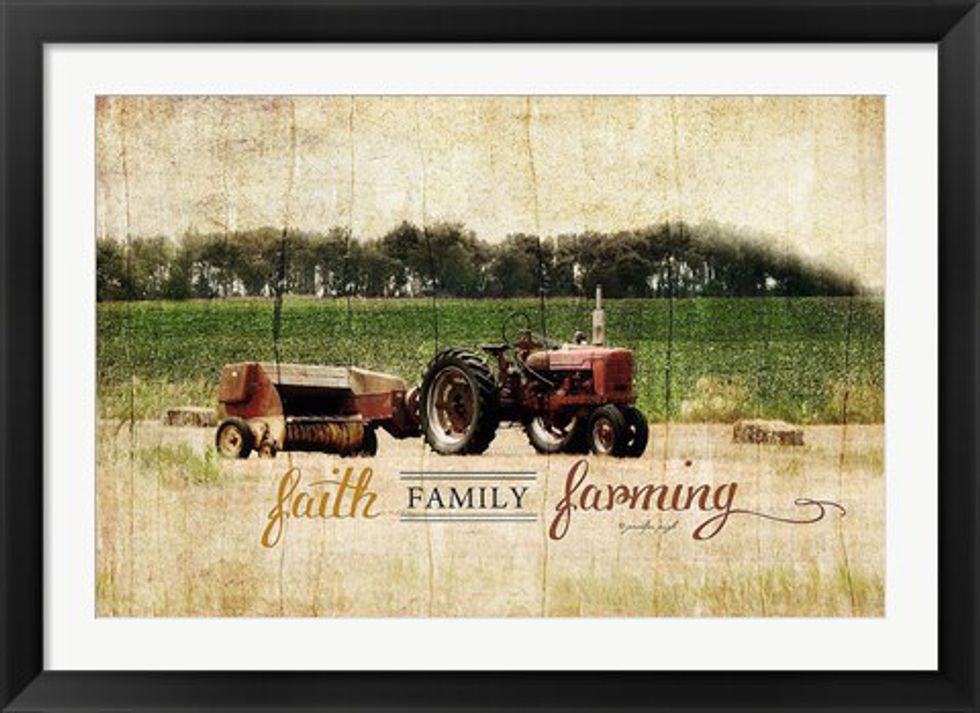



 mr and mrs potato head
StableDiffusion
mr and mrs potato head
StableDiffusion










